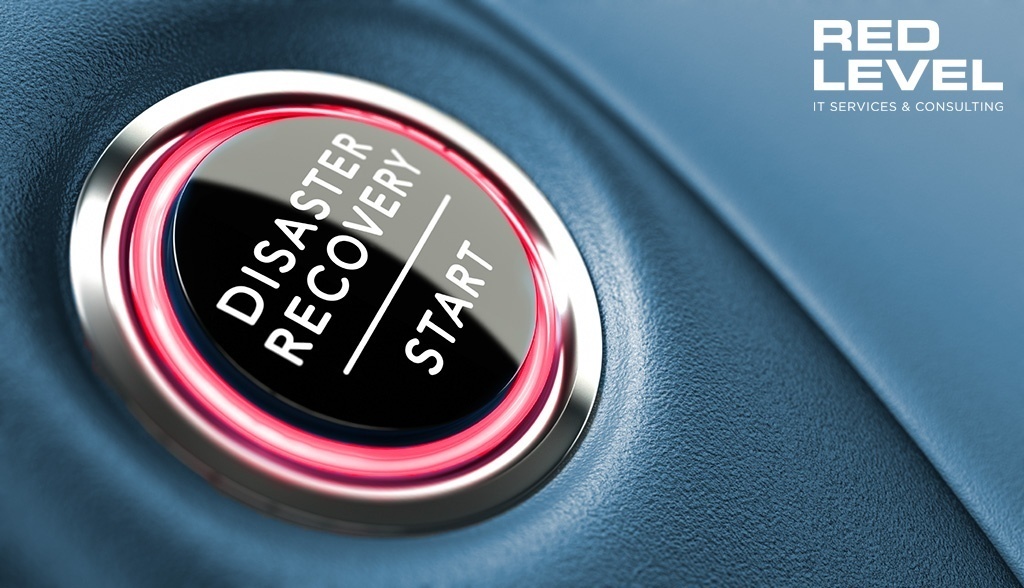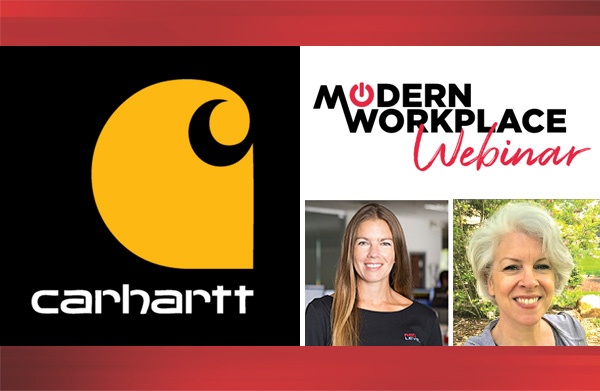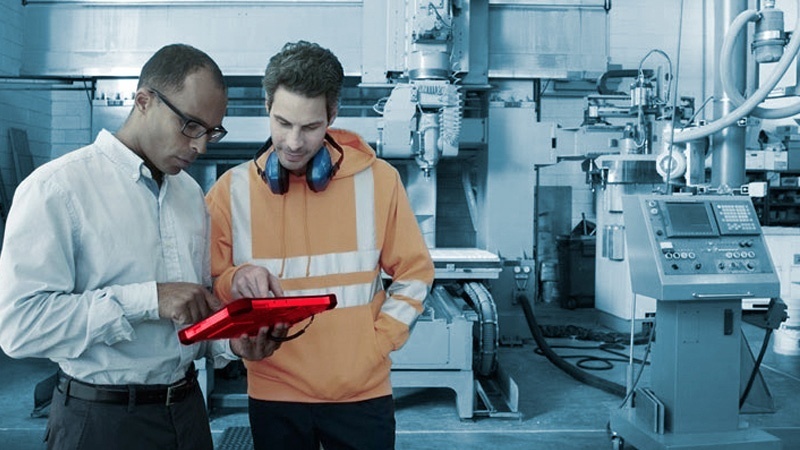Not all DR/DRASS solutions are created equal-and some details make all the difference.
The idea behind disaster recovery seems simple enough- to enable your business to be up and running as quickly as possible following a catastrophic event. As with most simple concepts, though, the devil is the details: What constitutes a disaster? What needs to be recovered? How quickly does it have to happen?
Not surprisingly, the simple answers to these questions – “Anything bad, ” “Everything, ” and “immediately” – aren’t usually the right ones. In fact, there aren’t any universal right or wrong answers. The “right” answer for one business could be disastrously wrong for another.
At Red Level, we’ve seen firsthand how too many businesses settle for general answers when considering DR or DRASS without giving enough careful consideration to their own unique needs. We’ve pinpointed five particular areas you should evaluate when selecting a DR or DRASS solution.
1. What are your recovery expectations? What Data and applications will you need access to – and how quickly will you need it? The demands of a just-in-time parts supplier are different than those of a medical facility, e-commerce business, or restaurateur. You need to know the obligations you’ll need to meet, when you’ll need to meet them, and the tools you’ll require. Those are the factors that will determine your ideal RTO and RPO (Recovery Time Objective and Recovery Point Objective). A DR and DRASS solution that falls short of meeting these is not going to be the solutions for you.
2. What level of recovery flexibility do you need? Can (or must) your organization function effectively with a distributed workforce, or do you employees need to be on site? Site-dependent enterprises using proprietary custom applications, such as manufacturing, operate within different constraints than a distributed sales team using off-the-rack business applications does. The volume of data, the speed needed for its transfer, and the nature of applications used will dictate weather a public cloud or private colocation solution will work best.
3. Is disruption-free testing possible? Your DR/DRASS solution only works- and to make sure it does, regular testing is absolutely necessary. Can testing be done without interrupting the normal work flow? If not, the effect on your business processes might prove to be the very disaster the system is supposed to protect you from. Make sure the solution you choose won’t adversely affect your operations.
4. Is the solution cost-proportionate? A fully-qualifies DR or DRASS solution comes at a cost- and that cost rises when dedicated infrastructure is involved. Significant expense may be supportable in mission-critical, high-risk instances, but while high costs may be justifiable, it may not be necessary. Make sure that costs are proportionate to the possible damages you’re working to prevent.
5. Does the solution support multiple platforms? This one can be critical- and it’s all too often overlooked. The emerging “BYOD” (Bring Your Own Devices) culture means that your employees may be working on a wide range of non-standard issue applications, operating systems, and devices. In most instances, your DR or DRASS solution needs to be platform-agnostic: If your employees are normally able to work using non-standard devices and apps, they will need to be able to in a recovery environments as well.
Just like business insurance, the whole point of DR or DRASS to protect your from the consequences of something you hope will never happen. Like insurance, you need to make sure you’re “covered” from the right things and in the right places. some careful thought beforehand can help you make sure that your disaster recovery system remains firmly part of the solutions rather than becoming part of the problem.
For more information about gaining a competitive advantage with digital transformation, contact Red Level today.
Related Posts
As we step into 2024, the landscape of IT is ...






